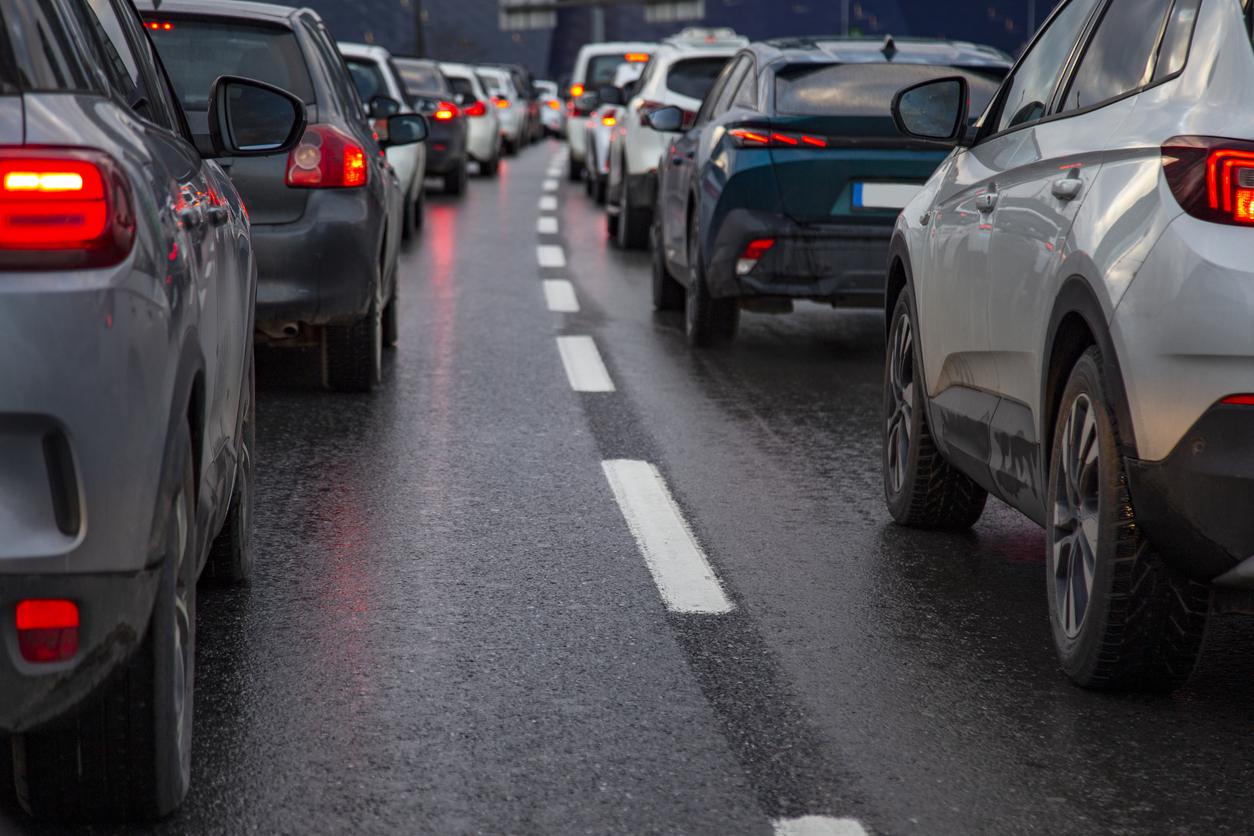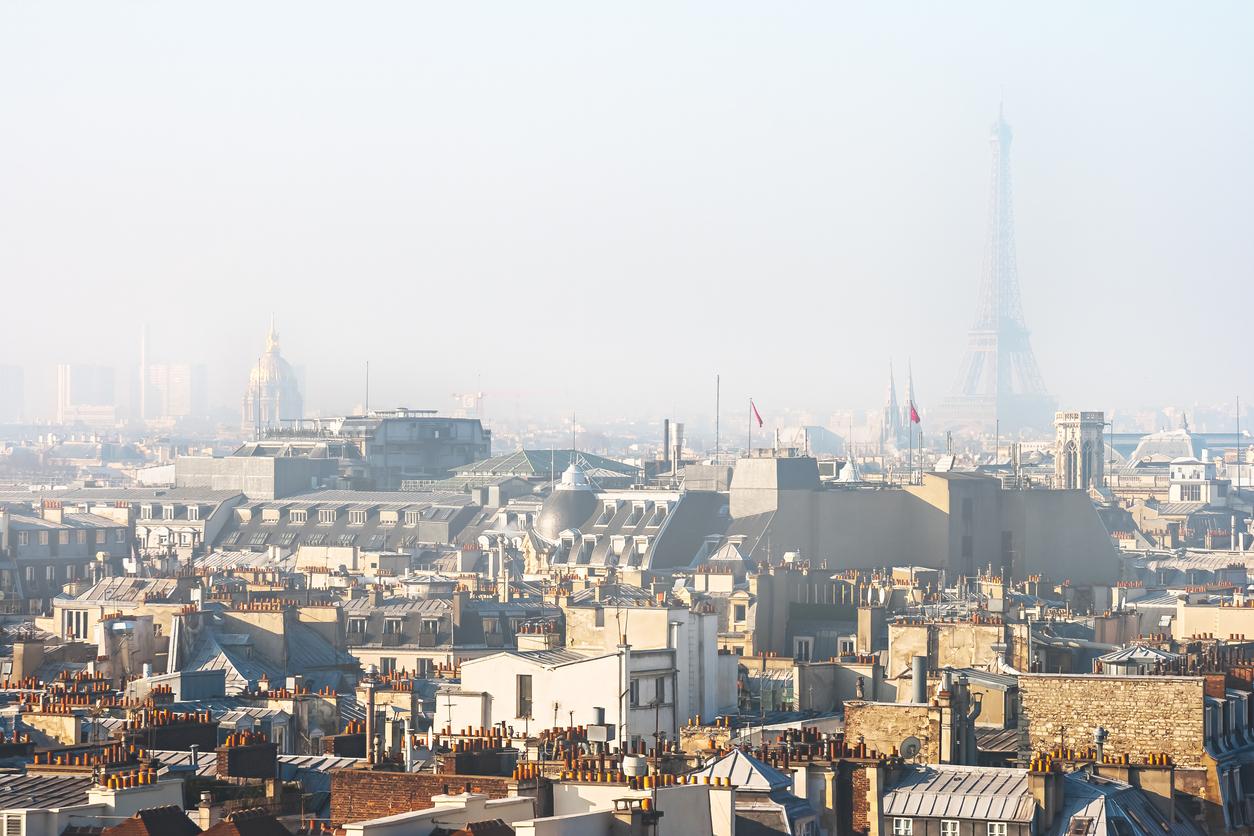A quarter of deaths of children under 5 are attributable to environmental pollution, especially air pollution.
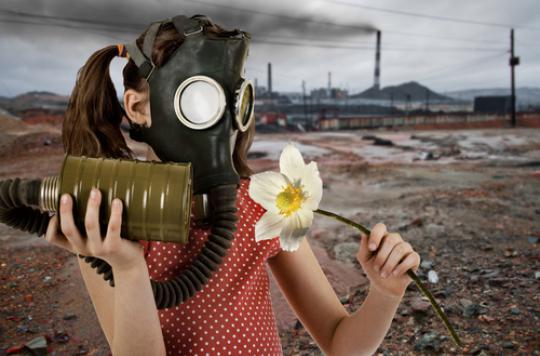
Pollution is costly to the youth of the planet. Each year, this phenomenon is the cause of the death of 1.7 million children. Toddlers are particularly at risk, according to the World Health Organization (WHO), which reveals these figures. At the origin of a report on the impact of pollution on children, the UN agency is sounding the alarm. As she points out, “environmental risks are not distributed equitably”.
Africa in the lead
Unsurprisingly, the most disadvantaged regions are struggling to face pollution with many faces. Globally, one in four child deaths is attributable to environmental risk factors that could have been predicted or modified. Unsurprisingly, the most fragile are those under 5 years old.
This statement is more valid in some regions. Thus, “the poorest communities often face the greatest risks to their health. The life expectancy of a person born in Japan is, for example, 84 years against 46 years in Sierra Leone.
The map published for the occasion by the WHO is a good illustration of these inequalities in the face of pollution. It is the most disadvantaged areas of the planet that have to deplore most of the deaths attributable to the environment: the African continent and part of Southeast Asia, running from India to Indonesia. .
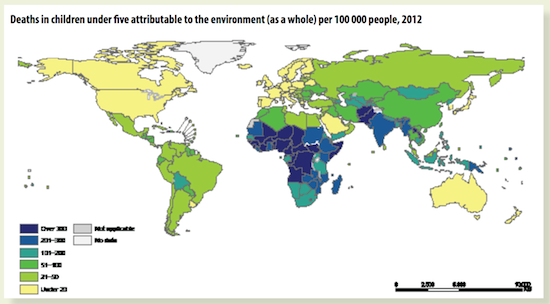
Source : World Health Organization
92% of people exposed
“Children are the most vulnerable population in the face of environmental health risks, as their bodies are still developing,” explains the WHO report. This danger is all the more real as the sources of exposure are omnipresent. Pollution of the home, outdoor air or passive smoking: these are just a few examples of the pollutants that young people all over the world have to face.
It suffices to observe the example of fine particles to be convinced of the omnipresence of risks. 98% of low-income cities experience rates higher than those recommended by the WHO. Air pollution affects 92% of the world’s population. But countries east of the Mediterranean and Southeast Asia are suffocating more than the rest of the world.
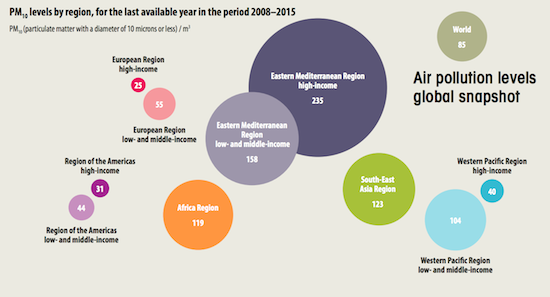
Source : World Health Organization
The world has nevertheless made progress in terms of the environment: only three countries still use lead in the gasoline they offer to the population – against 82 in 2002. A convention was also signed to reduce exposure to mercury . But great efforts still need to be made in the area of chemicals – a risk factor that is still underestimated. Endocrine disrupting products threaten the health of the youngest, and in the long term.
.













